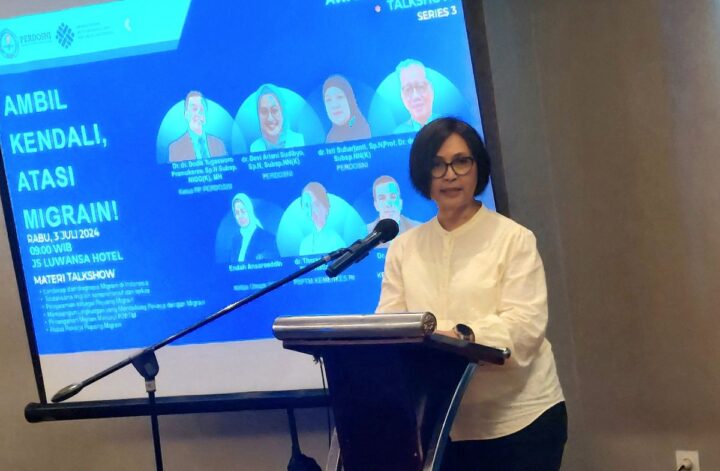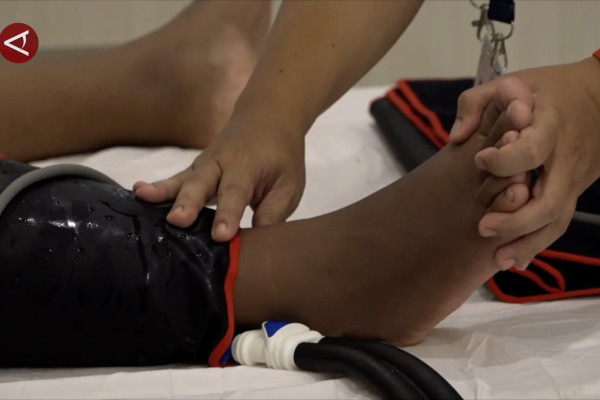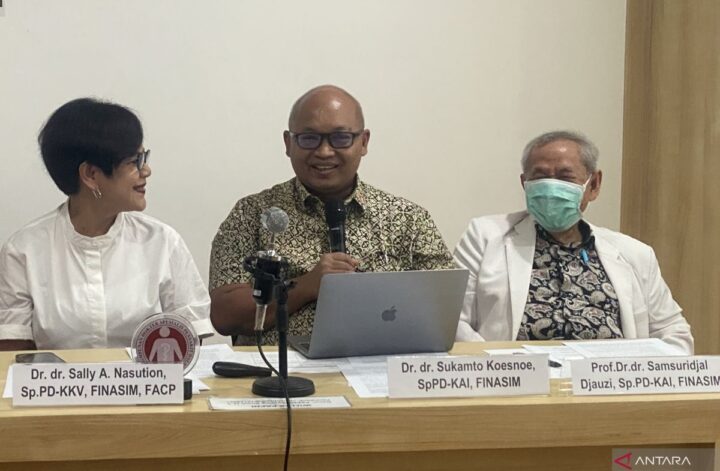Migraine is a common neurological disorder that affects millions of people worldwide. It is characterized by recurrent episodes of severe headache, often accompanied by other symptoms such as nausea, vomiting, and sensitivity to light and sound. While the exact cause of migraine is still not fully understood, it is believed to be a complex interplay of genetic, environmental, and neurochemical factors.
Diagnosing migraine can be challenging, as the symptoms can vary greatly between individuals and may mimic those of other conditions such as tension headaches or sinus infections. However, with the right approach, healthcare professionals can accurately diagnose migraine and help patients manage their symptoms effectively.
The Indonesian Ministry of Health (Kemenkes) has recently introduced a new initiative to improve the accuracy of migraine diagnosis and assess the risk of developing the condition. This initiative, known as “Diagnosis Tepat Tekan Risiko Penyakit Migrain”, aims to raise awareness about migraine among healthcare professionals and provide them with the tools and resources they need to diagnose the condition early and accurately.
One of the key components of this initiative is the development of guidelines for diagnosing migraine, which outline the key symptoms and criteria that healthcare professionals should look for when evaluating patients with suspected migraine. These guidelines also include recommendations for conducting a thorough medical history and physical examination, as well as using additional tests such as imaging studies or blood tests to rule out other potential causes of the symptoms.
In addition to improving the accuracy of migraine diagnosis, the Kemenkes initiative also focuses on assessing the risk factors for developing migraine. These risk factors may include a family history of migraine, certain lifestyle factors such as stress or poor sleep habits, and underlying medical conditions such as high blood pressure or hormonal imbalances. By identifying and addressing these risk factors early on, healthcare professionals can help prevent the onset of migraine or reduce the frequency and severity of symptoms in patients who already have the condition.
Overall, the “Diagnosis Tepat Tekan Risiko Penyakit Migrain” initiative represents an important step forward in the management of migraine in Indonesia. By empowering healthcare professionals with the knowledge and tools they need to accurately diagnose and assess the risk of migraine, Kemenkes is helping to improve the quality of care for patients with this debilitating condition. It is hoped that this initiative will lead to better outcomes for migraine patients and ultimately reduce the burden of migraine on individuals and society as a whole.




